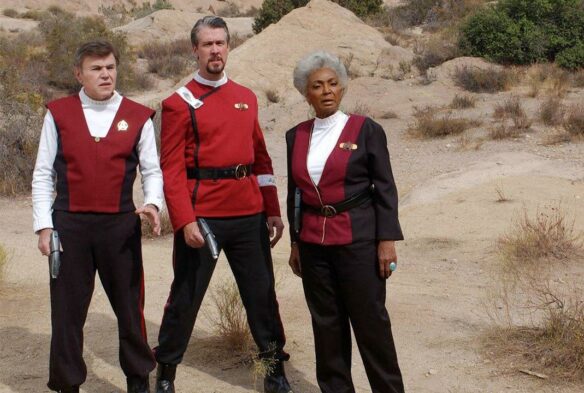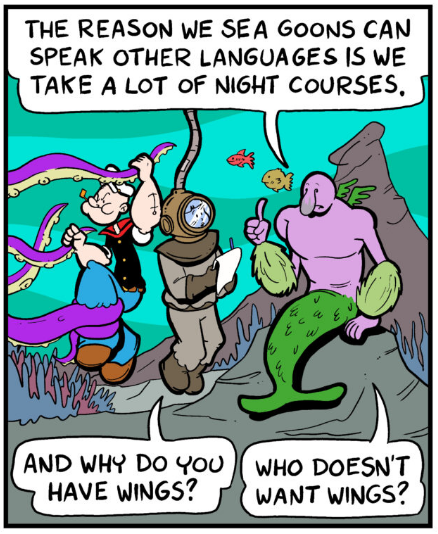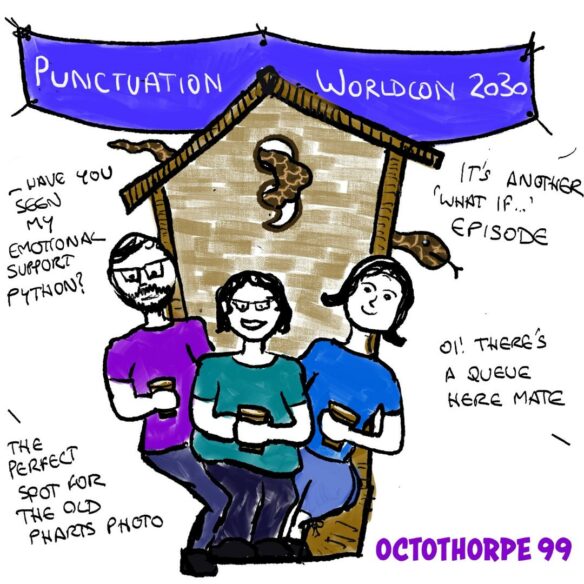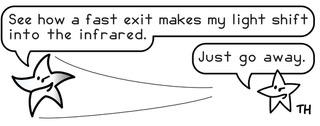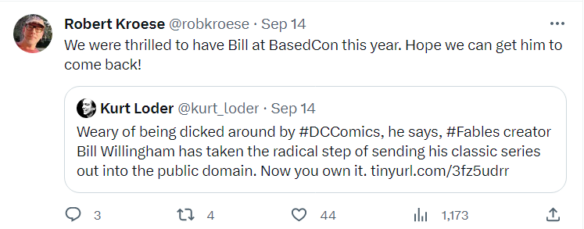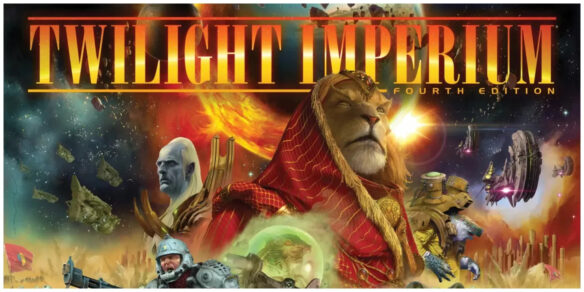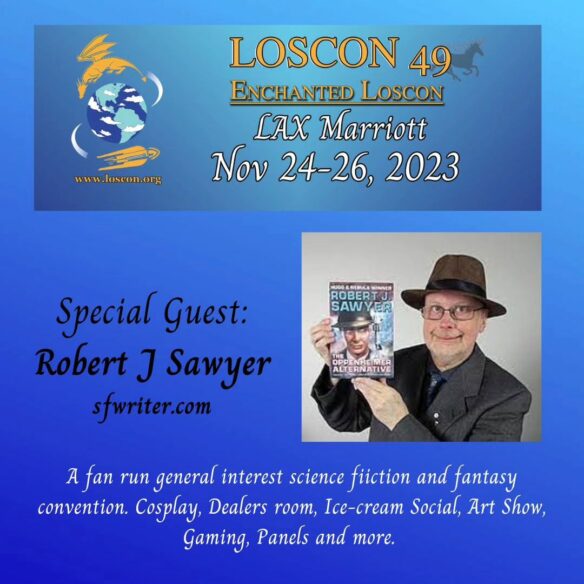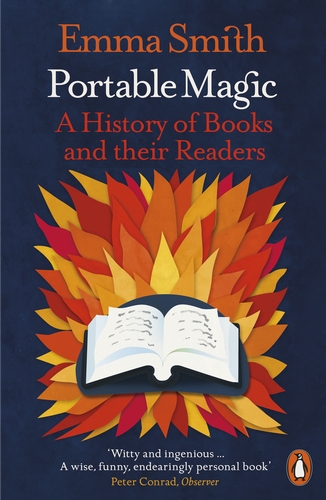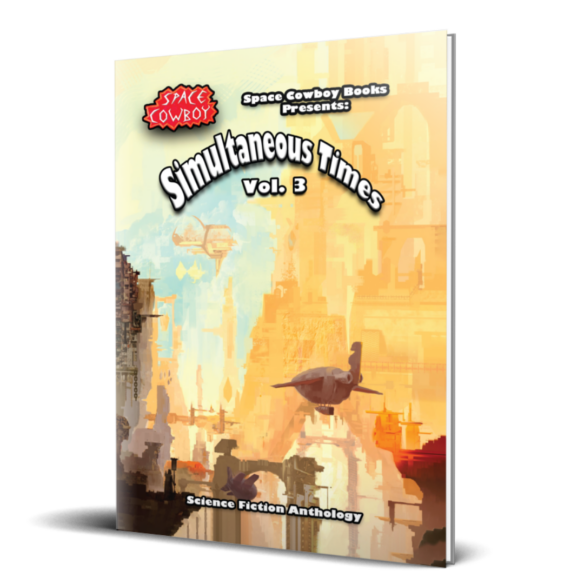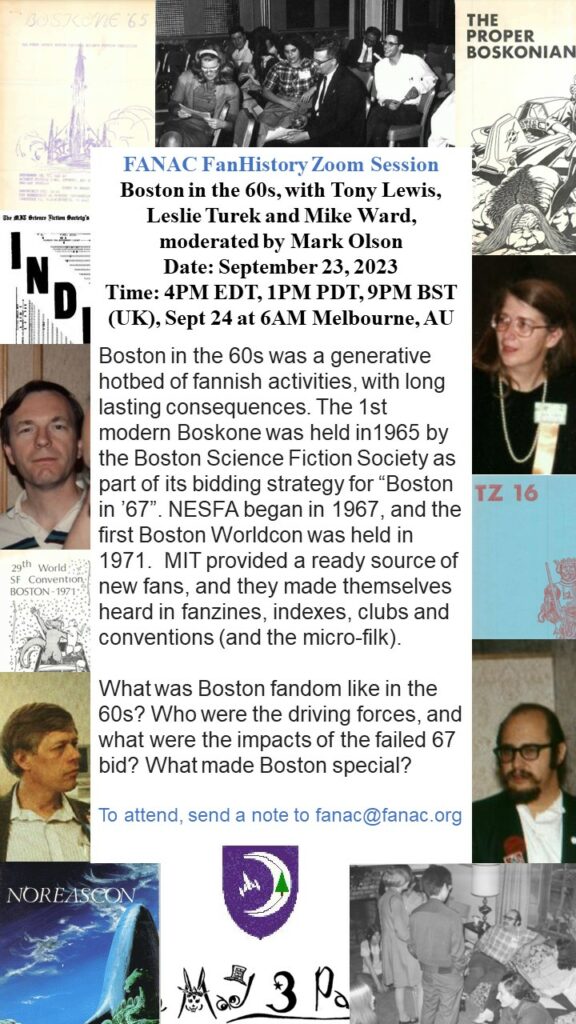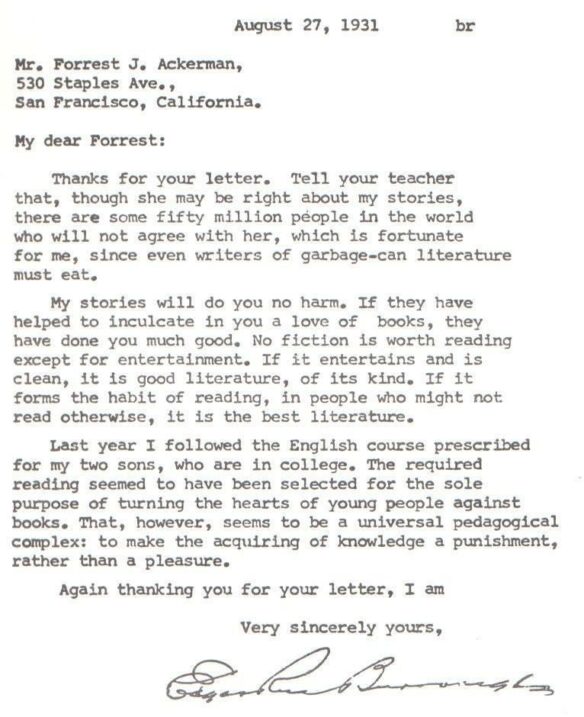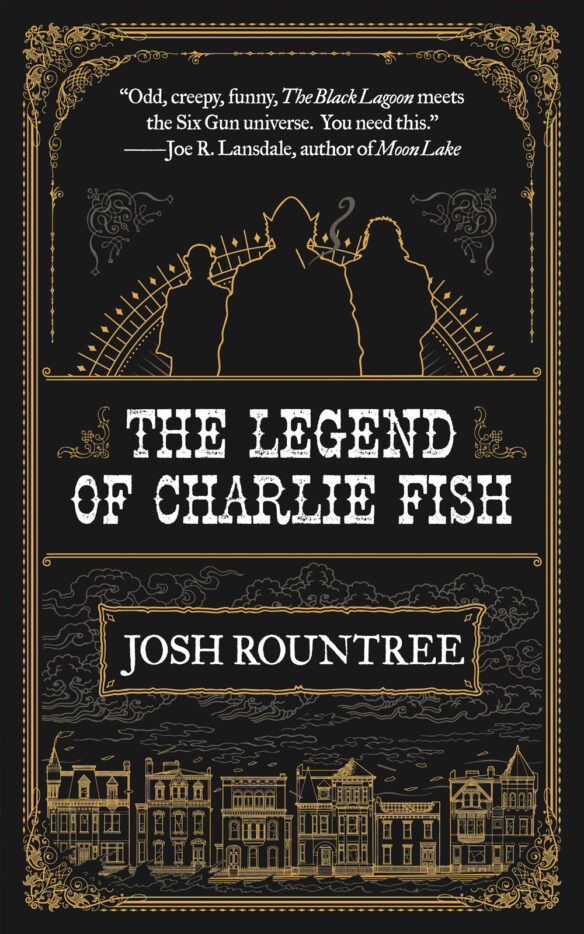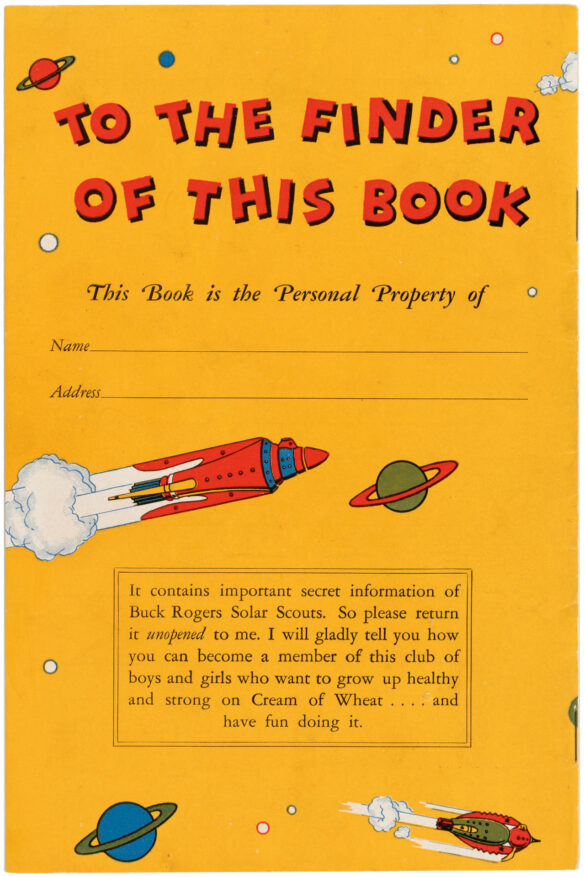(1) THE ENEMY OF THE GOOD. Rachel Craft tells “How Writing Challenges Made Me a Better Writer” at the SFWA Blog. One of the ways is: they make her “Let go of perfection”.
…For me, one of the hardest parts of writing is deciding when a piece is finished and ready to submit. No matter how many rounds of revision I’ve been through, the perfectionist in me can always find something else to tweak. Sometimes I suspect it’s less about perfectionism and more about fear of rejection. As long as I never quite finish a story, it can never be rejected, right?
Writing challenges forced me to let go of perfectionism, fear of failure, and all the other things that usually keep me from saying “It’s done.” They also reframed this last step of the process. Submitting used to be a big, daunting task that loomed like a specter over the rest of my writing process—but in a writing challenge, submitting is actually a triumph. There’s nothing quite like the sense of accomplishment that comes from hitting “submit” as the clock ticks down after 24 hours of frenzied creativity. And even if your story doesn’t win or place in the challenge, you can go on to submit it elsewhere….
(2) MIDNIGHT ACQUISITIONS. Colin O’Sullivan tells his CrimeReads audience not to sleep through great raw material for their writing: “How to Corral Your Nightmares for Use in Your Next Novel” at CrimeReads.
Will robots dream of us in the same way that we dream about them? They say that AI can “hallucinate”, right? Hadn’t Philip K. Dick warned us about all this many years ago? Maybe we weren’t paying enough attention then. Maybe we aren’t paying enough attention now. What a strange world we are being thrust into… and are we ready?
Sunny, the titular robot character of my novel, was conceived in a dream. Several years ago, I tossed and turned in bed, unnerving visions unfurling in my head. In this nightmare I was being chased by a robot that I myself had programmed. The domestic robot had turned on me – and I had been under the illusion that it was merely a household appliance, there to help with the laundry, dust a shelf, or vacuum the floor. I was trying to access its “dark settings” in order to switch the damn thing off, but I wasn’t having much luck: I couldn’t find the manual that would provide me with the right set of instructions, and the machine was definitely out to get me. It was one of the nastiest nightmares I’ve ever had, so vivid, so real. I woke in the proverbial sweat, and was instantly relieved to realize we hadn’t yet reached that stage where the machines were taking over. Not yet, at least, not yet….
(3) IOWA BOOK BAN LAW REBUKED BY FEDERAL DISTRICT COURT. “Judge Blocks Key Provisions of Iowa Book Banning Law” reports Publishers Weekly.
In yet another legal victory for freedom to read advocates, a federal judge has blocked two key portions of SF 496, a recently passed Iowa state law that sought to ban books with sexual content from Iowa schools and to bar classroom discussion of gender identity and sexuality for students below the seventh grade.
In a 49-page opinion and order, judge Stephen Locher criticized the law as “incredibly broad” and acknowledged that it has already resulted in the removal of “of hundreds of books from school libraries, including, among others, nonfiction history books, classic works of fiction, Pulitzer Prize–winning contemporary novels, books that regularly appear on Advanced Placement exams, and even books designed to help students avoid being victimized by sexual assault.”
Specifically, Locher preliminarily enjoined two provisions challenged in two separate but parallel lawsuits. Regarding the law’s ban on books with any depictions of sex acts, Locher found that the law’s “sweeping restrictions” are “unlikely to satisfy the First Amendment under any standard of scrutiny.” In a rebuke, Locher said he was “unable to locate a single case upholding the constitutionality of a school library restriction even remotely similar to Senate File 496.”
Locher said that the law’s “underlying message” is that there is “no redeeming value to any such book even if it is a work of history, self-help guide, award-winning novel, or other piece of serious literature,” adding that with the law state lawmakers had sought to impose “a puritanical ‘pall of orthodoxy’ over school libraries.”
Furthermore, Locher suggested that the law was a solution in search of a problem. “The State Defendants have presented no evidence that student access to books depicting sex acts was creating any significant problems in the school setting, much less to the degree that would give rise to a ‘substantial and reasonable governmental interest’ justifying across-the-board removal,” he wrote….
(4) FROM ZERO COURANT TO AU COURANT. In “Scalzi on Film: When Fun Becomes Homework” at Uncanny Magazine, John Scalzi puts on his film critic’s hat and runs down the ridiculously large number of film and streaming series a person must have previously seen in order to fully appreciate the latest in certain Marvel Cinematic Universe or Star Wars properties. This is a lot like a job!
…We are nerds, and more than slightly obsessive—all the minutiae of created universes are our jam. But there’s a difference between salting in easter eggs to reward the faithful, and requiring hours of prep work—or at least the willingness to locate a wiki and dive in. And even the nerds have limits. I am a nerd by inclination and by profession—but I’m also a 54-year-old human who lives in the world and who requires at least some of my time and brain slots remain open for other things, like family and work and sleep and domain knowledge in other areas relevant to my life….
(5) FUTURES HISTORY. Professor Esther MacCallum-Stewart, Chair of Glasgow 2024, a Worldcon for Our Futures, posted a message on New Year’s Day: “Looking Ahead to 2024—Reflections from the Chair”.
…When I look up from writing this, I see original art on my wall by Iain Clarke, and an empty bottle of our gin, full of lights and on display in my bookcase. I see a mug that one of my team gave to me and a comic book that a Division Head sent this week to cheer me up. My phone is buzzing, because it always is, despite the fact that I said ‘This is the last week we have before the new year, you HAVE to all take breaks’. (Reader, my team absolutely has not let me do this, because there’s always one thing that needs addressing and, as a result, several of them have been forcibly told to take that break, because we really won’t get it from now on in.) I can see the official gavel of the convention, which is on my mantlepiece until next August. The gavel has been around the world multiple times, but for me, it will be next used to open Glasgow 2024, and five days later, it will be used to declare it closed. Another Chair told me once that closing their Worldcon with that gavel broke their heart a little bit. All of the Chairs cry in the Closing Ceremony. Because it’s five days to attend, but it’s years and years to build….
Any Chair that wants to cry should go right ahead. Do all Chairs? No.
(6) I KNOW SOMETHING YOU DON’T KNOW. [Item by Mike Kennedy.] Or, so US House of Representatives members may claim after they leave this briefing: “Scoop: House members to receive classified UFO briefing” says Axios.
Members of the House Oversight Committee will receive a classified briefing on unidentified anomalous phenomena (UAP), better known as UFOs, Axios has learned.
Why it matters: Congressional interest in the issue has grown in recent years, with a small but vocal group of lawmakers in both parties pushing for greater transparency from the government on the issue.
Driving the news: The members-only briefing will be held in the Office of House Security, according to a notice obtained by Axios.
The briefing is being provided by the Office of Inspector General of the Intelligence Community, the notice said….
(7) HURT IN NYC. A stuntwoman whose resume includes major MCU films was critically hurt by a hit-and-run driver on New Year’s Day: “Carrie Bernans Injured: Stuntwoman & Actress Hurt In NYC Hit & Run” – Deadline tells how it happened.
Actress and stuntwoman Carrie Bernans was critically injured during an alleged hit and run in New York City at 1:30 a.m. Monday.
Bernans, whose work includes 2023’s The Color Purple as well as Marvel’s Black Panther and Avengers: Infinity War/Endgame, was hurt along with eight others. Per her publicist, she was struck by a driver who crashed into an outdoor dining shed at Chirp, a Peruvian restaurant in Midtown Manhattan. That driver then backed up and rammed into another car before officers swarmed.
Bernans recently gave birth to a son, and luckily the newborn wasn’t with her but rather in a hotel with her family. Bernans was in stable condition and is undergoing surgery. Her mom posted details on the traumatic incident on Instagram and said Bernans is in rough shape….
(8) TODAY’S BIRTHDAY.
[Written by Cat Eldridge.]
Born January 2, 1920 — Isaac Asimov. (Died 1992.) I’m looking at Isaac Asimov this Scroll, one of the Big Three of SF, proclaimed so at the time along with Arthur Clarke and Robert Heinlein.

Now let me note these selections are my personal picks, not a look at his entire career as that’s simply not possible given how prolific he was. One source says that he wrote five hundred books and I certainly wouldn’t say that’s impossible to believe!
Without a single doubt, I can state that the Foundation Trilogy which won a well deserved Hugo at NyCon 3 for All Time Best Series is my favorite work by him, and it is certainly the work by him that I’ve read the most down the years. Like everything by him, I’ve not watched any film adaptations that have been done.
I am familiar with, and fond of, of his first two novels, Pebble in The Sky and The Stars, Like Dust. It’s been decades since I’ve read either so I’ve no idea how they’ve fared with age.
The Caves of Steel and the other Robot series novels I think are on the whole excellent. Now of course speaking of robots, I, Robot with Susan Calvin is simply awesome. Almost all of the Robot stories, all 32 of 37, can be found in the 1982 The Complete Robot collection. There also are six novels.
The Gods Themselves is an amazing and it stands up well when re-read. It would win a Hugo at Torcon II.

That’s it for SF by him, but there’s one more tasty creation by him that being The Black Widowers stories which were based on a literary dining club Asimov belonged to known as the Trap Door Spiders.
The Widowers were based on real-life Spiders, some of them well known writers in their own right such as Lin Carter, L. Sprague de Camp, Harlan Ellison and Lester del Rey.
There were sixty-six stories over the six volumes that were released. So far only one volume, Banquets of the Black Widowers, has been released as an ePub. And yes, I’ve got a copy on my iPad as they are well worth re-reading.
Someone needs to get them collected in one ePub collection. Pretty please.
So that’s what I like by him. What do you like?
(9) COMICS SECTION.
- The Far Side asks, if a tree falls on an exoplanet, does it make a sound?
- Peanuts (published March 22, 1955) has one more Martian joke.
- Moderately Confused lives up to its name – does the sign refer to the store or the books?
- Oh my gosh – Tom Gauld revealed a secret message!
(10) YOUR LACK OF FAITH ETC. ETC. It’s not a very good omen that Entertainment Weekly’s “The 40 best alien movies of all time” can’t make up its mind about the very first film on the list.
1 of 40 Invasion of the Body Snatchers (1956 and 1978)
If you favor the later renditions of Invasion of the Body Snatchers, we don’t blame you. And it may be cheating to double up on our list’s first entry, but the 1978 version (featuring Brooke Adams, Donald Sutherland, Jeff Goldblum, Leonard Nimoy, and Veronica Cartwright) is one of the rare examples of a remake living up to the legacy of its predecessor, which is all the more impressive when you consider the magnitude of industry legend Robert Wise‘s original. As an EW staffer previously wrote, the 1956 film is meant to be “a timely Cold War parable of takeover from within.” It ultimately “hit upon even deeper mass-marketing-age fears,” which helped it stand the test of time. Meanwhile, the follow-up flick harnesses that same dread and translates it to a new age without losing any punch.
At the center of these effective alien features is our fear of the Other. Most people don’t worry about little green men taking over their cities and suburbs, but most of us have watched some of our friends and family become bizarre shadows of their former selves practically overnight — which is exactly what transpires in Body Snatchers as the citizens of Earth are infiltrated by alien doppelgängers. In an age where paranoia and misinformation reign supreme, this tale of science failing to explain the chaos around us seems more timely (and more frightening) than ever before.
(11) SCREAMBOAT WILLIE. “Mickey Mouse horror film unveiled as copyright ends” and BBC is quick to point it out.
…A trailer for a slasher film, featuring a masked killer dressed as Mickey Mouse, was released on 1 January, the day that Disney’s copyright on the earliest versions of the cartoon character expired in the US.
“We wanted the polar opposite of what exists,” the movie’s producer said….
…Creatives have been quick to take advantage of the new rules, with a trailer (contains violent scenes) for a Mickey horror film dropping on the same day.
In the horror comedy thriller, called Mickey’s Mouse Trap, a young woman is thrown a surprise birthday party in an amusement arcade – but things quickly take a turn for the worse when she and her friends encounter a knife-wielding murderer in a Mickey costume….
(12) WIPER NO SWIPING! Meanwhile Disney’s lawyers are staying in shape by working over the owner of a Chilean car wash. Forbes analyzes the case in “Lucasfilm Sues ‘Star Wash’—A Car Wash In Chile—Claiming Plagiarism”.
Lucasfilm, the billion-dollar Disney-owned film and production company behind the “Star Wars” franchise, is suing a Chilean car wash known as “Star Wash,” arguing the small business is plagiarizing the wildly popular franchise with its branding, according to Reuters.
The law firm representing Matias Jara, the owner of “Star Wash,” told Reuters that Jara was in the process of registering his brand with Chile’s patent authority when he received a lawsuit from Lucasfilm seeking to block the registration of his business’s name.
Lucasfilm is claiming the business brand could confuse consumers into believing it’s affiliated with the studio, though it hasn’t taken issue with car attendants who can be seen on the “Star Wash” Instagram account dressed as characters like Darth Vader, Chewbacca and Boba Fett….
Once I looked at this Instagram ad for the business, though, I thought Disney had a point.
(13) MUSICAL ITEMS. [By Daniel Dern.] By the way, a third theremin video (not here) said that playing the trombone was the best preparation/way for learning to play the theremin.
[Thanks to Mike Kennedy, Andrew Porter, John King Tarpinian, Kathy Sullivan, Daniel Dern, Chris Barkley, Cat Eldridge, SF Concatenation’s Jonathan Cowie, and Steven French for some of these stories. Title credit belongs to File 770 contributing editor of the day Thomas the Red.]









